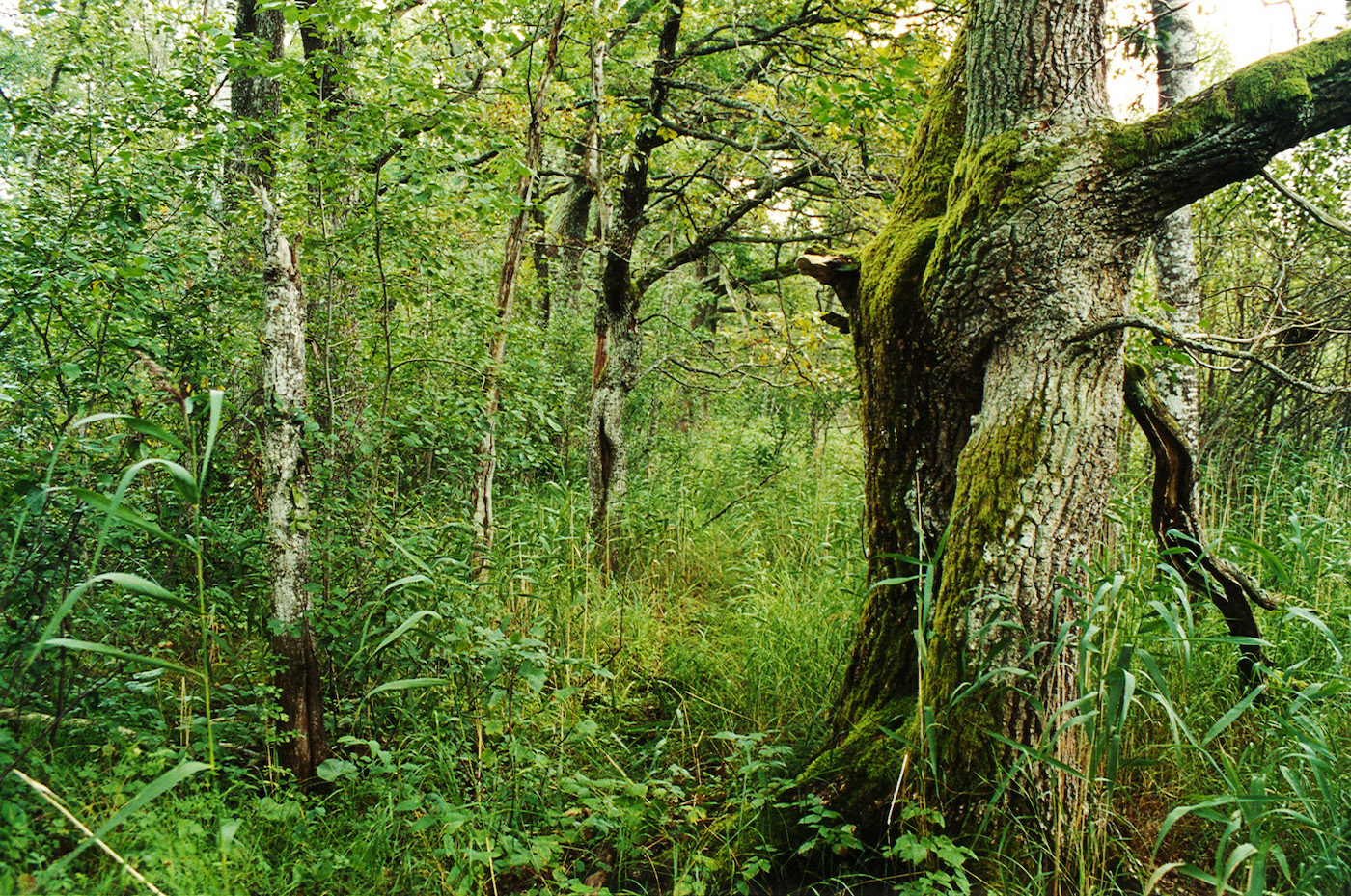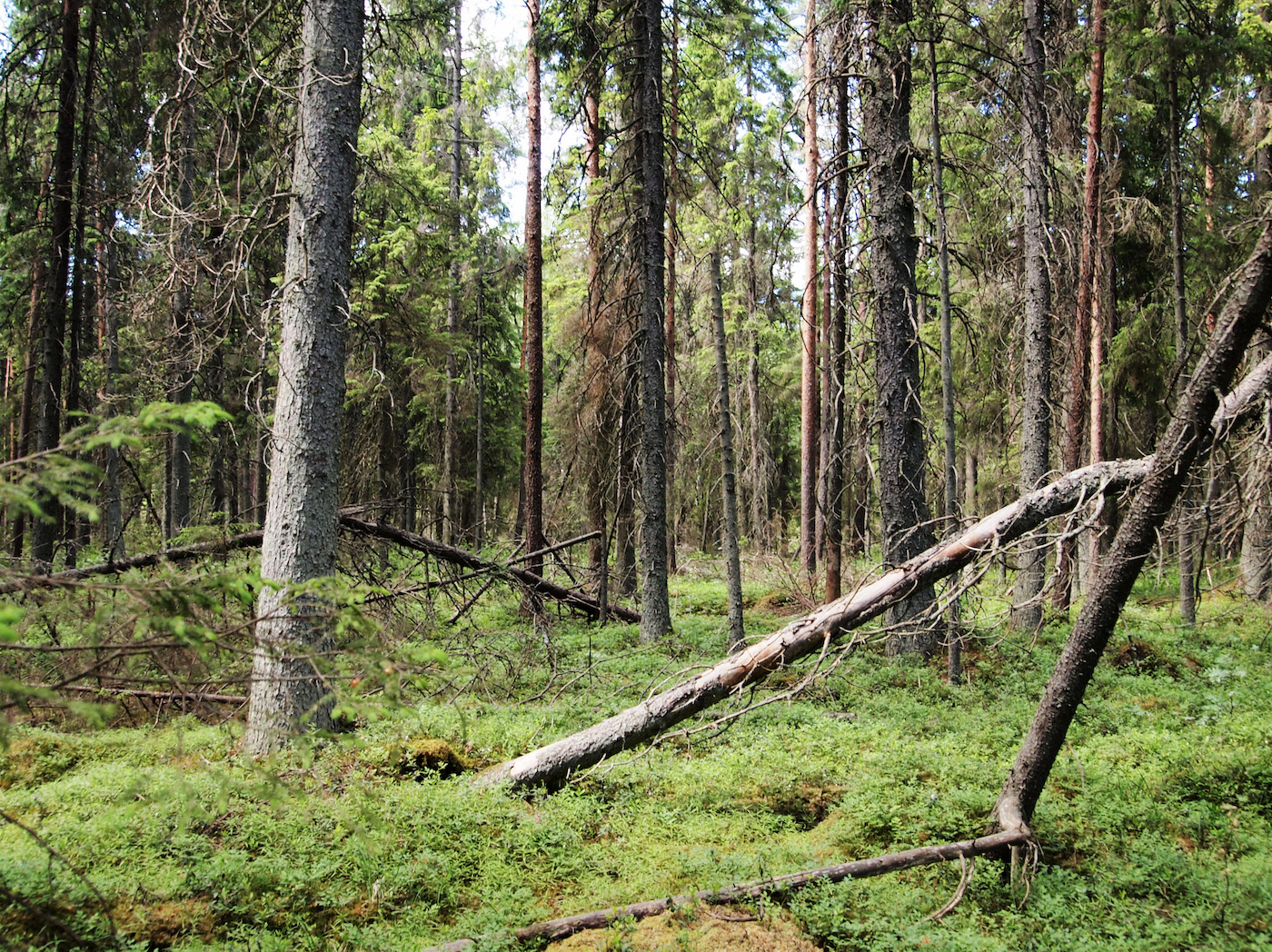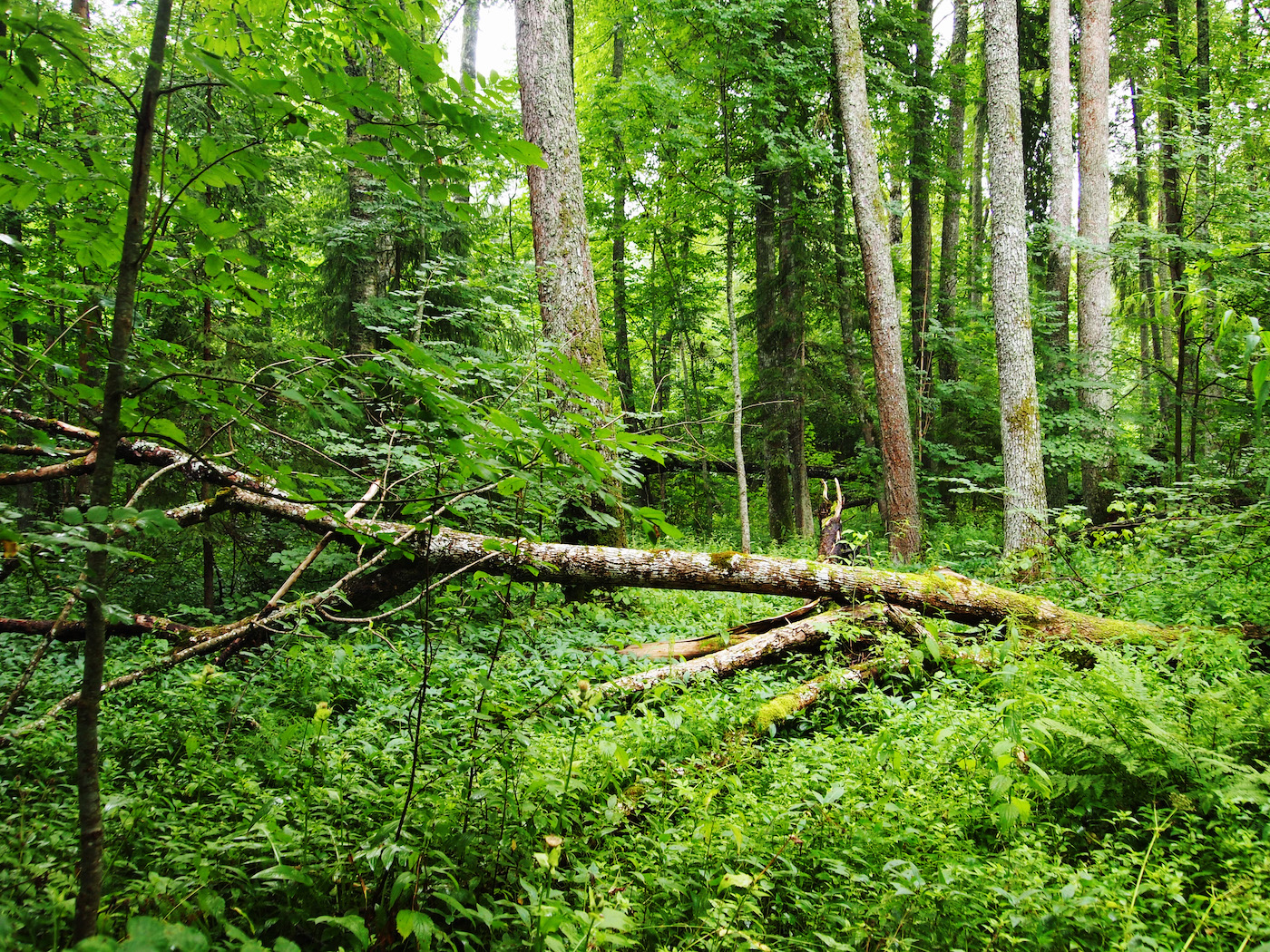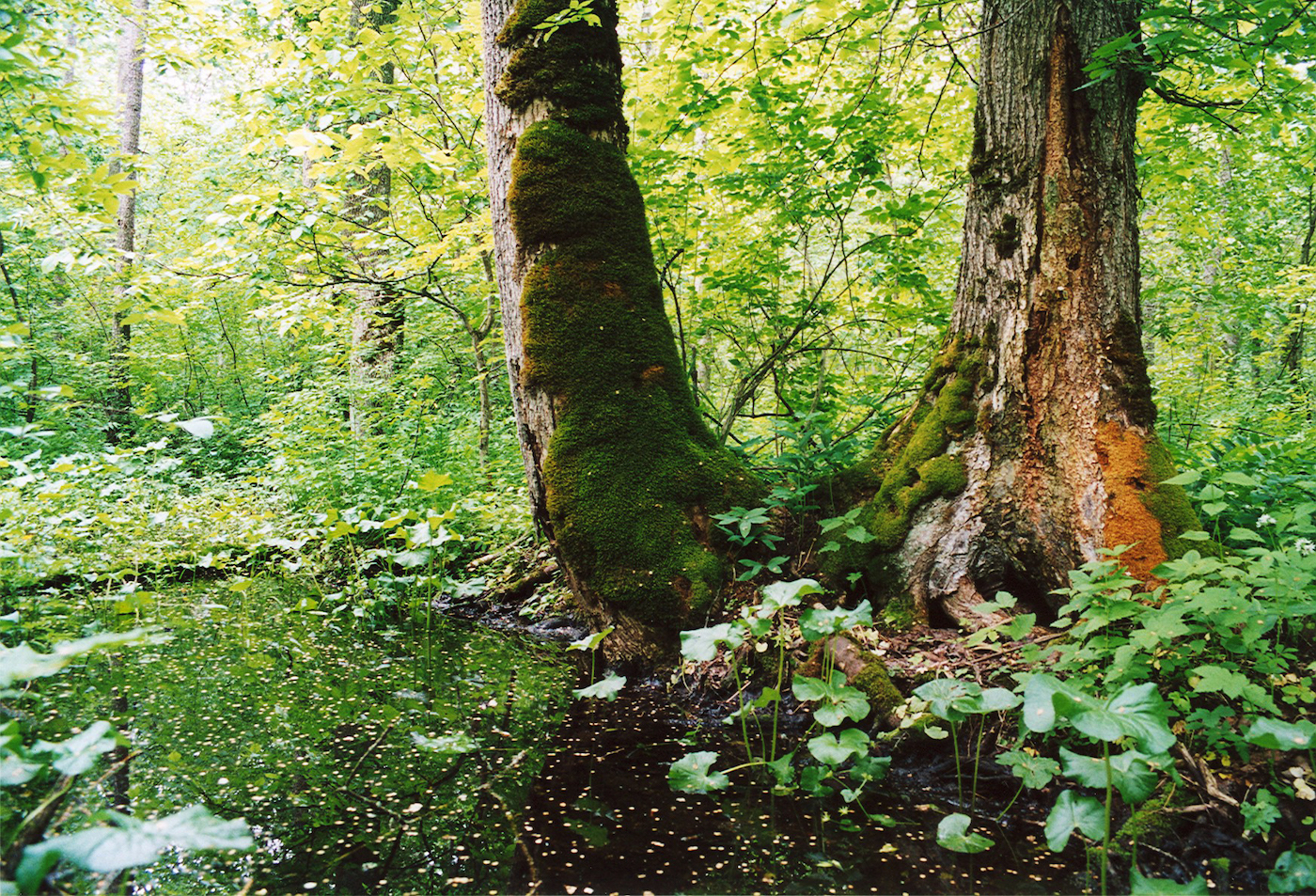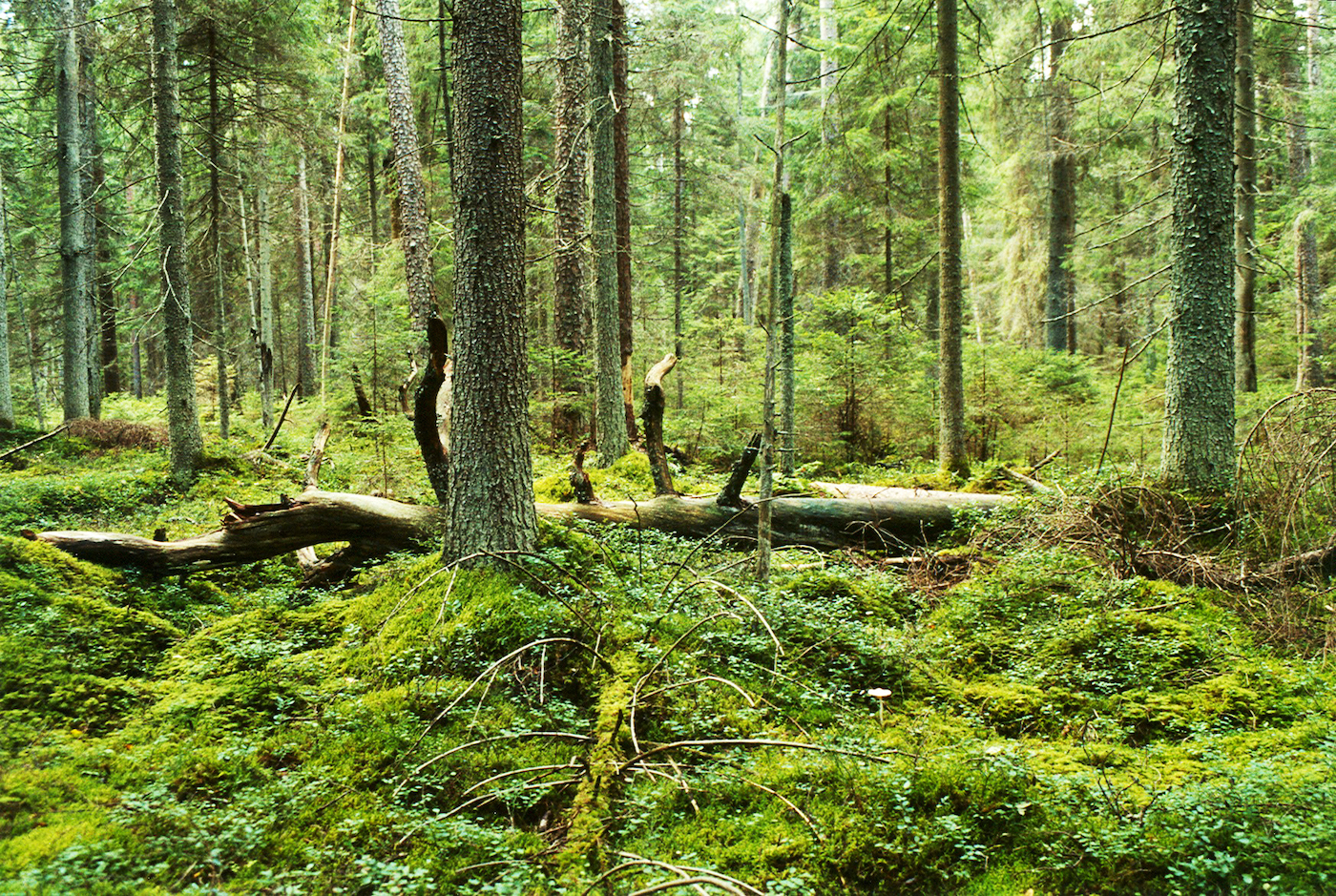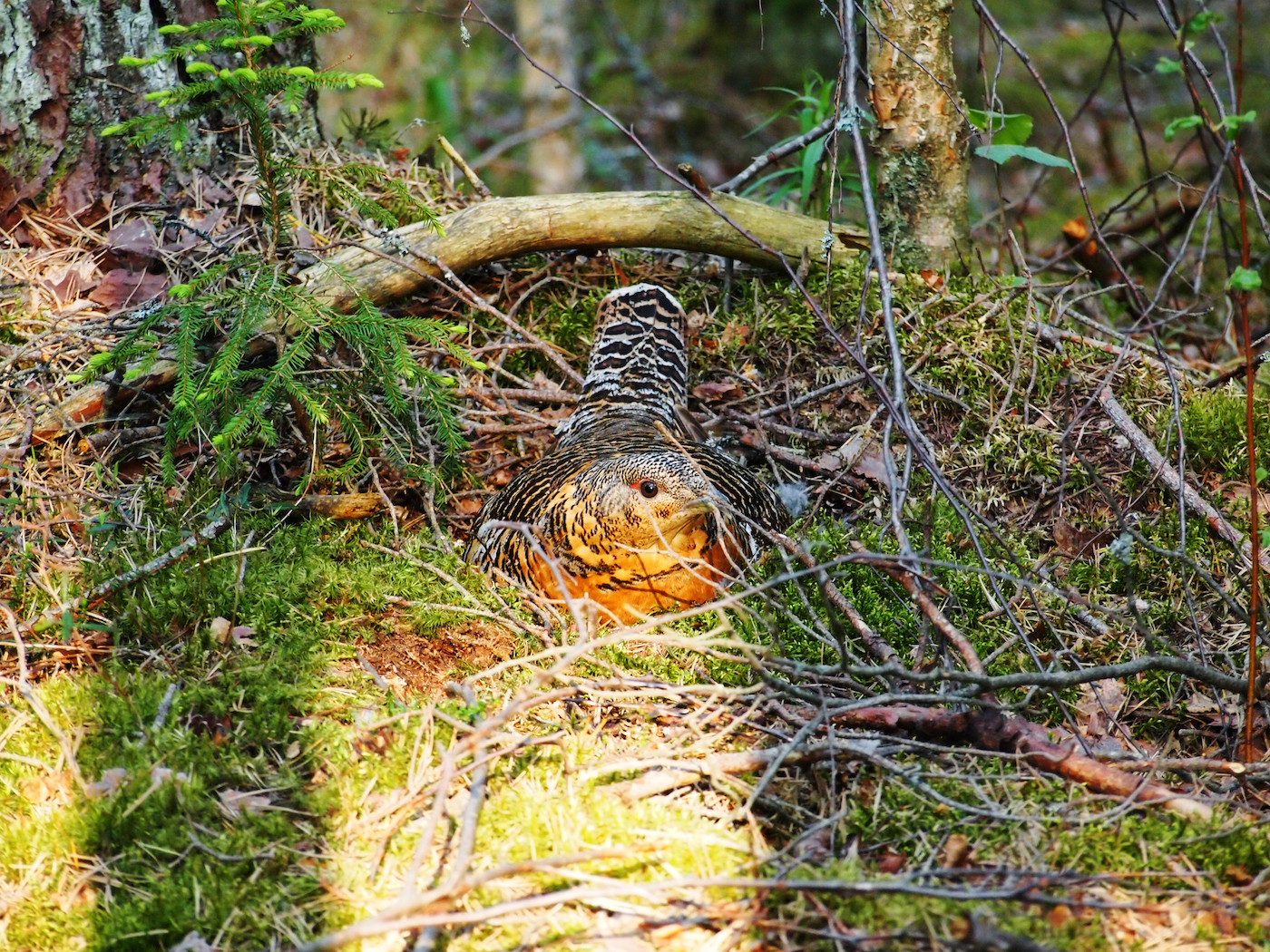The protection of all protected species and areas is organised on the initiative of the Ministry of Climate according to a special plan, and an action plan must be prepared for each Natura habitat type (or group thereof). The action plans for habitats related to bogs and heritage communities have been completed earlier, the action plans for forest habitats are completed during the LIFE-IP ForEst&FarmLand project. Action plan for wet forest habitats and dry forest habitats are being prepared separately, as the problems and activities necessary for resolving them are somewhat different.
The action plan for wet forest habitats (summary in English) was prepared in heated discussions by the wide scale working group consisting of scientist, officials and representatives of NGOs, and it reached a wider consultation round in autumn 2023.
The action plan analyses the reasons for the poor condition of wet forests and plan further actions. The plan proposes various conservation management activities, including the re-zoning of protected zones, new habitat inventories, the restoration of the natural water regime, the development of cutting rules, and the planning of an ecological network that allows for the distribution of species at the landscape level.
It also sets the goal that by 2030 all wet forest habitats will be mapped, their deteriorator stopped and various forest habitats restored on an area of 10 500 ha will be restored (out of it 3500-4500 ha in our project). These hectars represent less than 2% of all drained forests in Estonia, but we still hope that the initiative will provide a lifeline for many species, incl. moor frog which according to the monitoring data is rapidly declining. The wet forest on the edges of bogs is also key to survival of Western capercaillie as well as an important habitat for several large game animals.
By 2050, the goal is to preserve a total of 126,000 hectares of wet forest habitats in favorable condition, reduce the threat of species living in them, such as the black stork, white-backed woodpecker, and Western capercaillie, and increase the area of peat-accumulating forests.
Risk factors for wet forest habitats
The condition of a wet forest usually deteriorates due to the combined effects of several risk factors. Of these, forest drainage and logging have the greatest impact.
Drainage is extensive in Estonia: nearly one-third of the forest land has been drained. In Estonia, bog woodlands cover less than 7% of the area of the mainland, while drained peatland forests formed as a result of drainage account for 15%. A large portion of the current bog woodlands have been affected by drainage, including in protected areas. Peat begins to decompose as a result of the drainage, the moisture regime and habitat characteristics of the area change over time, and the area ceases to function as a mire.
Drainage also changes the vegetation. A reduction in moisture results in the shrinking of bog flora coverage as it is replaced by plants from drier areas. Trees grow faster and forest stands become denser as a result of drainage, with light-demanding bog species disappearing due to the resulting decrease in light.
The number of natural water bodies is also declining and floods are occurring less frequently, resulting in the loss of associated habitats.
In a large proportion of protected areas, cutting has been used to manage forests in the past and is often used today in limited management zones. However, it is known that regeneration cutting and subsequent reforestation usually alter the composition and structure of a forest stand, making it different from a natural one. Improvement cutting also harmonises the structure of the forest stand: trees that are as similar and regularly positioned as possible are left. Cutting also reduces the amount of dead wood and its generation in the future.
Sometimes, to improve the condition of a habitat in an ecological reserve, it is instead necessary to change the management around the protected area. The effects of drainage in particular are far-reaching. In Finland, for example, it is estimated that 80% of wetlands without ditches still have drainage effects.
Wet forest habitats are also threatened by the processes associated with global warming, peat extraction, and sporadic excessive visitor loads.
The action plan seeks to find solutions to the above problems. To this end, protection procedures may be amended, laws supplemented, or restoration activities implemented in certain areas.
Risk factors for dry forest habitats
The poor state of dry forests is mostly due to previous management activities. Cutting has been used to simplify the structure of forest stands, change their species composition, and the amount of dead timber in the forests is small. In most cases, however, the effects of these negative factors diminish over time and no human intervention is required. Natural recovery occurs faster in more fertile areas, and the type of forest habitat may change during the course of natural restoration (e.g. current grass-rich spruce stands develop into broad-leaved forests). This is not a problem, as the aim is to protect the natural values associated with the forest.
Dry forest habitats in limited management zones are threatened by regeneration cutting, which results in the loss of the value of the forest habitat. Intensive cutting activities in the vicinity of forest habitats are also a problem, as a result of which protected areas are transformed into isolated islands, with many species finding it very difficult to spread between these islands.
